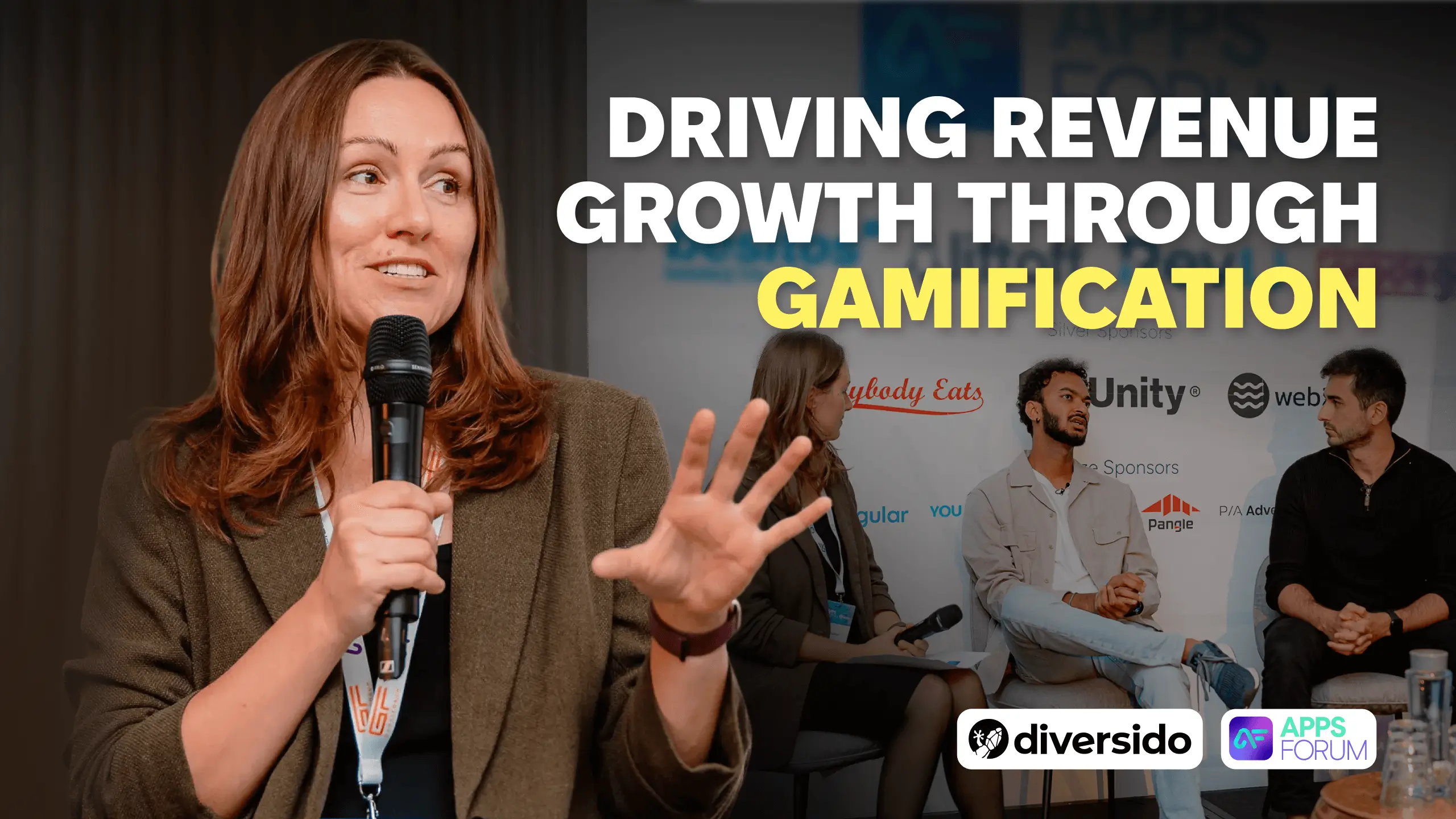
Bootstrap (Self-Fund) Your Startup. Control Your Own Destiny
Think you need funding to build a startup? You don’t. In fact, many founders grow successful ventures by bootstrapping — using creativity, services, and smart reinvestment instead of outside capital.
.webp)
You Don’t Need Funding to Start
You may be thinking:
You can share all the tips you have about startup development, patenting, growth, hiring and pretty much anything that has to do with building a business, but if I don’t have the funding, I’m not going to be able to do any of that!
The truth is (I have proof) that you don’t need money to start. You may not even need money to grow.
I’ll show you quickly below.
Why So Few Startups Get Funded
Typically, an angel investment ranges between 20 and $50,000 and can go upwards of $100,000. The money obtained from angel investors is usually used to refine the concept, build the initial version of the product and go to market. This all sounds great until we hear that, according to Fundable, approximately 1% of startups are funded. So how do most early stage startups make it to later stages without funding?
So How Do Most Startups Do It?
The short answer is by self-funding their ventures. The long answer is too long to explain in a blog post but here’s a snapshot.
Bootstrapping Is Not About Loans or Family Help
You’d think that loans, credit cards, personal savings, and family and friends are where the money comes from for bootstrapped (self-funded) startups, but the truth is that many successfully bootstrapped companies started with less than $100 in their pockets. So how did they do it?
How I Bootstrapped My First Venture
First and foremost, the easiest and simplest way to raise funds for your ventures without referring to investors is by selling services and reinvesting gains into your company.
When I started my first startup as a sophomore in college, money was all I had in mind.
I needed money to start, I needed money to grow. I needed money if I wanted to do anything with my business.
From Mentoring to Consulting
One day I talked about my experience in a local Collegiate Entrepreneurship Organization and as usual, some attendees approached me for help. Although I had never planned to monetize my relatively short startup experience back then, my thinking started to shift when requests went beyond the 10-15 minutes periodic calls I used to have with entrepreneurs. It was then when I started differentiating between mentoring and consulting.
I’m not going to get into the details here but long story short, from consulting (selling services), I raised over what can be considered seed funding. I did it without investors, banks, family, grants or anyone’s help.
Selling Services That Align with Your Startup Idea
Now, you’re probably thinking, I can’t and don’t want to do consulting, so that’s it? what else can I do?
There’s plenty you can do. Here’s what I mean.
First, keep in mind that selling services has nothing to do with consulting. For me, it was about helping entrepreneurs turn their ideas into viable, profitable and scalable startup products because that’s what I am striving to achieve through my latest venture. And that’s what personally helped me raise money for my first venture which eventually reached some scalability levels.
Examples of Aligned Service Offers
There’s one little rule to follow, the best-case scenario is when you sell services that are aligned with your startup purpose. What this means is that you are better off selling to your potential startup product users or buyers than addressing and solving problems in areas irrelevant to your startup which I think is equivalent to getting a part-time job.
For instance:
If your idea is to build a drag and drop website development tool for non-tech savvy small business owners, then start by selling them web development services.
If your idea is to build a software that simplifies business plan writing, then start by consulting and writing business plans for entrepreneurs.
If your idea is to build a sharing economy model like Airbnb, start renting your space and maybe selling cereal for breakfast.
The Airbnb Cereal Story
Why don’t you Google Airbnb’s Obama O’s and Cap’n McCain’s and learn a little more about how Airbnb founders branded and sold cereal to generate some money and build awareness for their startup. At $40 a box, they sold 500 of them which helped them raise around $30,000.
Final Thoughts on Bootstrapping
This was just a snapshot of what bootstrapping can look like — starting lean, selling services aligned with your vision, and growing from there.
If you focus on creating real value and building something your customers truly need, you may not need funding at all — at least not in the early stages.
About the Author
Abdo Riani is the founder and CEO of VisionX Partners, a startup development company that helps entrepreneurs start, build, market, and scale their ventures from the ground up. Through product development, design, marketing, and dedicated growth support, VisionX Partners turns startup ideas into scalable businesses.



.webp)
.webp)

